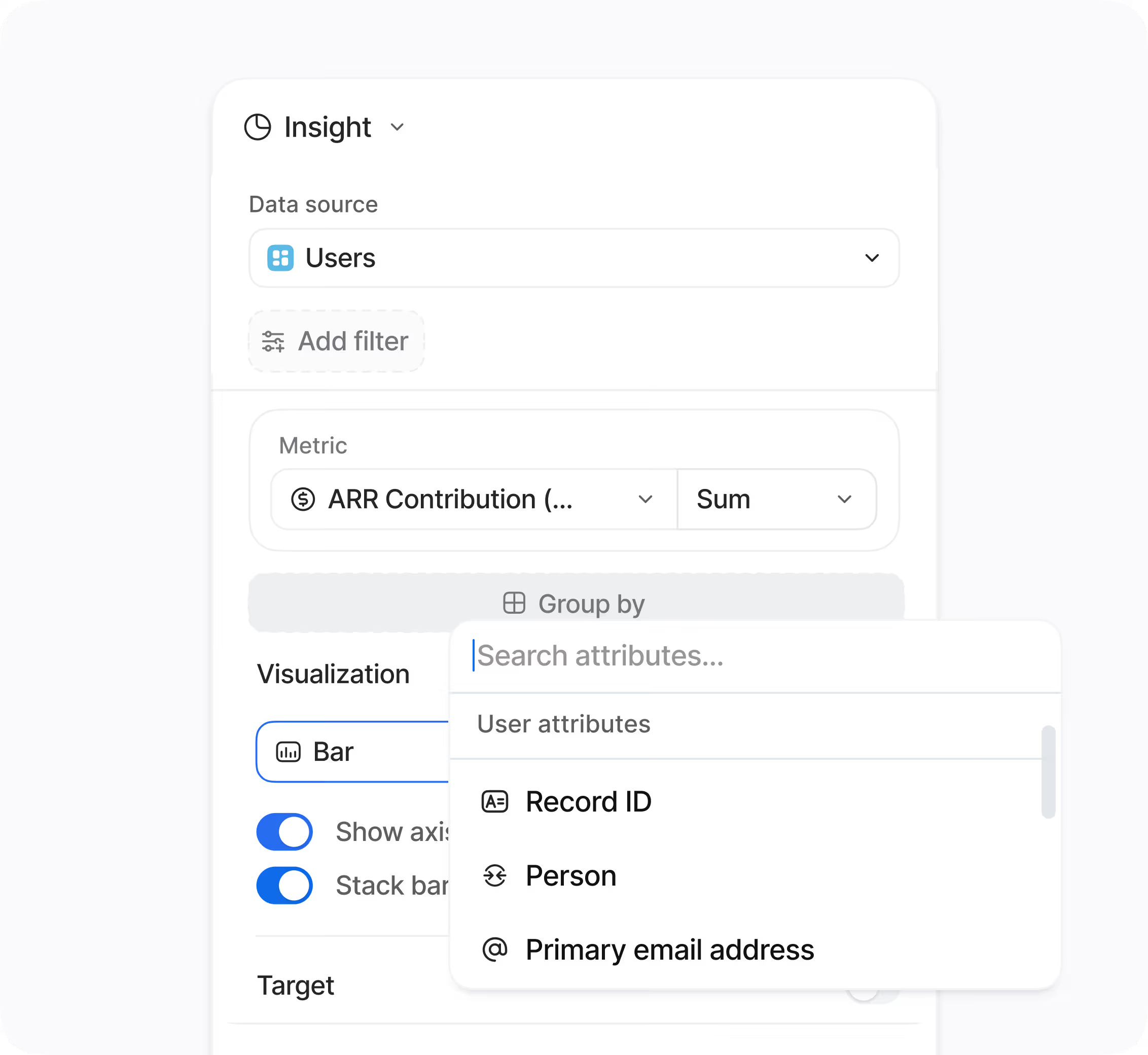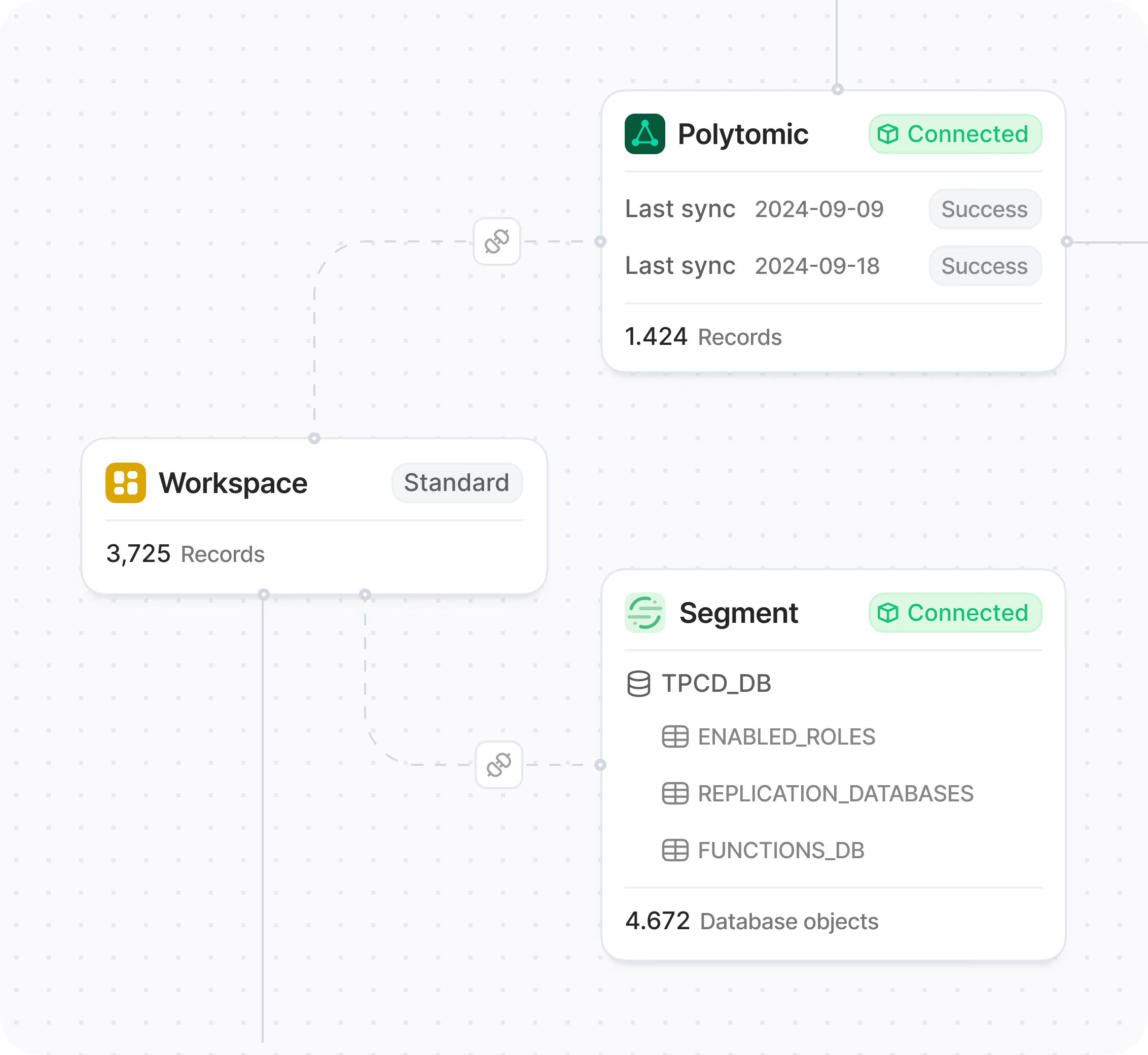What specific elements of my CRM can I customize?
You can customize a wide range of elements within your CRM to perfectly align the platform with your business processes. This feature allows for deep modification of the data structure and user experience. Specifically, you can tailor the fundamental components that define how your teams interact with customer information and advance work through the platform.
The customizable elements include:
- Objects and properties, allowing you to capture exactly the data that matters.
- Record layouts and association labels for clear and actionable records.
- Pipelines and stages, including stage-specific fields and task automation.
- Validation rules to enforce data quality and consistency.
How does CRM customization benefit my team and overall efficiency?
Customization significantly enhances team efficiency by making your CRM a perfect reflection of your actual business workflows, minimizing distractions. When records and processes are tailored, teams can access essential data quickly and accurately. This focus leads to faster updates and clearer handoffs between departments. It minimizes the need for messy workarounds or using external spreadsheets, ensuring all work happens seamlessly within Hoop.
Key benefits include:
- Faster access to critical information by highlighting key properties.
- Improved data quality through mandatory fields and validation rules.
- Consistent process execution using aligned pipelines and SLAs.
Will my customized fields and objects appear in reports?
Yes, reporting fully reflects all your customizations within the Hoop platform. Custom fields, objects, and calculated properties become immediately available for use in reports, lists, and workflow automations. This ensures that the insights you generate are directly aligned with your unique data model and business logic. You maintain data integrity and consistency from input to output, which is crucial for accurate performance measurement.
Since reporting is critical, the integration is seamless:
- Custom fields can be aggregated and analyzed.
- New custom objects can serve as primary data sources for reports.
- Calculated properties auto-derive metrics for instant analysis and scoring.
How can I ensure data quality and consistency using this feature?
Enforcing data quality is a core function of CRM Customization, allowing you to set guardrails around information input and collection. Hoop provides several mechanisms to ensure your data remains clean, accurate, and consistent across all teams. These tools are applied directly to the record experience and process pipelines.
The main ways to enforce data quality are:
- Validation rules that require specific formats and ranges for data inputs.
- Required fields that demand the collection of essential information before a deal or ticket can advance to the next stage.
- Calculated properties that automatically derive critical scores and durations, preventing manual entry errors.
What control mechanisms are available for data governance?
Hoop provides robust controls for maintaining governance over your customized CRM structure and data. You need to control who sees and edits sensitive information, especially when dealing with complex, tailored record layouts. This ensures that different teams only interact with the parts of the CRM relevant to their roles, maintaining security and focus.
Governance is managed through:
- Roles and permissions, controlling access levels to features and data.
- Partitions, segmenting data visibility based on user groups or territories.
- Customized conditional visibility for drag-and-drop sections in record layouts, shown by team or pipeline stage.
Which Hoop pricing plans include the CRM Customization feature?
The CRM Customization feature is available across multiple pricing tiers to support businesses of various sizes and complexity. The breadth and depth of customization capabilities scale with your plan level in Hoop. This feature is included in the core, pro, and enterprise tiers.
Businesses on the core plan receive foundational customization tools, such as basic custom properties and layouts. Pro and enterprise plans unlock more advanced capabilities, including:
- Unlimited custom objects and complex relationships.
- Advanced conditional and calculated fields.
- More sophisticated validation rule sets and governance controls.
How should I approach migrating existing data structure into the custom CRM?
Migrating existing data structure into your customized Hoop CRM should be done incrementally to minimize business disruption and risk. The platform is designed to support a structured transition, ensuring continuity while rolling out your new tailored system. It is best to map out your legacy data fields against the new custom objects and properties before starting any import.
A recommended approach involves:
- Importing raw data and mapping it to the defined custom properties.
- Incrementally rolling out new custom objects and tailored record layouts to pilot groups.
- Using the duplicate redirect feature to manage old URLs or links during the transition.
- Validating the integrity of complex relationships and calculated fields post-migration.



.avif)





